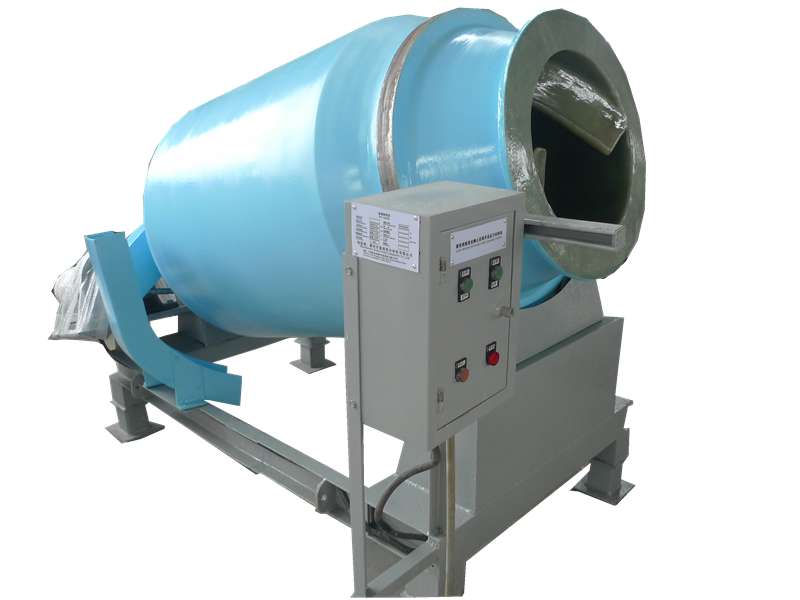
-
 Afrikaans
Afrikaans -
 Albanian
Albanian -
 Amharic
Amharic -
 Arabic
Arabic -
 Armenian
Armenian -
 Azerbaijani
Azerbaijani -
 Basque
Basque -
 Belarusian
Belarusian -
 Bengali
Bengali -
 Bosnian
Bosnian -
 Bulgarian
Bulgarian -
 Catalan
Catalan -
 Cebuano
Cebuano -
 China
China -
 China (Taiwan)
China (Taiwan) -
 Corsican
Corsican -
 Croatian
Croatian -
 Czech
Czech -
 Danish
Danish -
 Dutch
Dutch -
 English
English -
 Esperanto
Esperanto -
 Estonian
Estonian -
 Finnish
Finnish -
 French
French -
 Frisian
Frisian -
 Galician
Galician -
 Georgian
Georgian -
 German
German -
 Greek
Greek -
 Gujarati
Gujarati -
 Haitian Creole
Haitian Creole -
 hausa
hausa -
 hawaiian
hawaiian -
 Hebrew
Hebrew -
 Hindi
Hindi -
 Miao
Miao -
 Hungarian
Hungarian -
 Icelandic
Icelandic -
 igbo
igbo -
 Indonesian
Indonesian -
 irish
irish -
 Italian
Italian -
 Japanese
Japanese -
 Javanese
Javanese -
 Kannada
Kannada -
 kazakh
kazakh -
 Khmer
Khmer -
 Rwandese
Rwandese -
 Korean
Korean -
 Kurdish
Kurdish -
 Kyrgyz
Kyrgyz -
 Lao
Lao -
 Latin
Latin -
 Latvian
Latvian -
 Lithuanian
Lithuanian -
 Luxembourgish
Luxembourgish -
 Macedonian
Macedonian -
 Malgashi
Malgashi -
 Malay
Malay -
 Malayalam
Malayalam -
 Maltese
Maltese -
 Maori
Maori -
 Marathi
Marathi -
 Mongolian
Mongolian -
 Myanmar
Myanmar -
 Nepali
Nepali -
 Norwegian
Norwegian -
 Norwegian
Norwegian -
 Occitan
Occitan -
 Pashto
Pashto -
 Persian
Persian -
 Polish
Polish -
 Portuguese
Portuguese -
 Punjabi
Punjabi -
 Romanian
Romanian -
 Russian
Russian -
 Samoan
Samoan -
 Scottish Gaelic
Scottish Gaelic -
 Serbian
Serbian -
 Sesotho
Sesotho -
 Shona
Shona -
 Sindhi
Sindhi -
 Sinhala
Sinhala -
 Slovak
Slovak -
 Slovenian
Slovenian -
 Somali
Somali -
 Spanish
Spanish -
 Sundanese
Sundanese -
 Swahili
Swahili -
 Swedish
Swedish -
 Tagalog
Tagalog -
 Tajik
Tajik -
 Tamil
Tamil -
 Tatar
Tatar -
 Telugu
Telugu -
 Thai
Thai -
 Turkish
Turkish -
 Turkmen
Turkmen -
 Ukrainian
Ukrainian -
 Urdu
Urdu -
 Uighur
Uighur -
 Uzbek
Uzbek -
 Vietnamese
Vietnamese -
 Welsh
Welsh -
 Bantu
Bantu -
 Yiddish
Yiddish -
 Yoruba
Yoruba -
 Zulu
Zulu
FRP Winding Machine for Efficient Composite Production and Enhanced Manufacturing Processes
The Advancements in FRP Winding Machines
In the realm of manufacturing composite materials, Fiber Reinforced Polymer (FRP) has emerged as a game-changing solution across various industries. The production process for FRP components often relies heavily on advanced technology, notably FRP winding machines, which play a pivotal role in enhancing efficiency, precision, and quality in the creation of composite products.
FRP winding machines are specialized equipment designed to produce cylindrical shapes with high tensile strength by winding fibers impregnated with resin onto a mandrel. The operation of these machines allows for the production of a wide array of components, including pipes, tanks, and aerospace parts. The technology behind these machines has evolved significantly over recent years, offering manufacturers numerous advantages.
The Advancements in FRP Winding Machines
Moreover, modern FRP winding machines come equipped with advanced monitoring and control systems. These systems allow operators to track various parameters in real-time, such as tension, speed, and resin flow. By maintaining optimal conditions throughout the winding process, manufacturers can ensure consistent quality and reduce the likelihood of defects. This level of control is especially crucial in industries where safety and reliability are paramount, such as aerospace and automotive sectors.
frp winding machine

Another significant trend is the move toward increased automation in the winding process. Automated FRP winding machines can streamline operations, drastically reducing labor costs and production time. Additionally, automation can help to mitigate human error, which can lead to defects in the final product. As industries push for greater productivity, the integration of robotics and automated systems into FRP winding machines has become a focal point for many manufacturers.
In terms of sustainability, the development of eco-friendly FRP winding machines is gaining traction. Manufacturers are increasingly recognizing the importance of reducing their environmental footprint. This has led to the implementation of processes that optimize material usage and minimize waste. Furthermore, some new machines are designed to work with bio-based resins and fibers, aligning with global efforts to promote sustainable materials in manufacturing processes.
Furthermore, advancements in materials science have led to the creation of new fiber types and resin formulations that enhance the properties of FRP products. FRP winding machines are now capable of handling these advanced materials, expanding the range of applications and market opportunities for manufacturers. From construction materials that withstand harsh conditions to lightweight components for electric vehicles, the potential applications for FRP are vast and varied.
In conclusion, FRP winding machines are at the forefront of composite manufacturing, driving innovations that enhance precision, reduce costs, and promote sustainability. The integration of cutting-edge technologies such as CNC systems, advanced monitoring, and automation is transforming the industry. As the demand for lightweight, high-strength materials continues to rise across various sectors, the role of FRP winding machines will become increasingly crucial. By investing in these advanced systems, manufacturers can position themselves as leaders in the composite materials market, ready to tackle the challenges of the future.
Latest news
-
Exploring the Benefits of Top Hammer Drifter Rods for Enhanced Drilling PerformanceNewsJun.10,2025
-
High-Precision Fiberglass Winding Machine for GRP/FRP Pipe Production – Reliable & Efficient SolutionsNewsJun.10,2025
-
FRP Pipes & Fittings for Shipbuilding - Corrosion-Resistant & LightweightNewsJun.09,2025
-
Premium FRP Flooring Solutions Durable & Slip-ResistantNewsJun.09,2025
-
Premium Fiberglass Rectangular Tanks Durable & Lightweight SolutionNewsJun.09,2025
-
Tapered Drill String Design Guide Durable Performance & UsesNewsJun.09,2025









